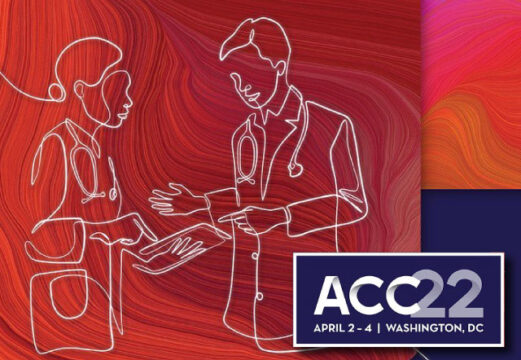DAPT-TAVR is a randomized trial that tested endoxaban in patients with no indication for anticoagulation who underwent successful transcatheter aortic valve replacement (TAVR) for symptomatic severe aortic stenosis.

This study included 229 patients whose mean age was 80 years; 42% of them were male. Patients were randomized to either endoxaban 60 mg or 30 mg every 24 h or dual antiplatelet therapy (DAPT, aspirin plus clopidogrel).
Low dosage was used in 61.3% of patients because they met one of the following criteria: moderate to severe function impairment, low weight, or concomitant use of P-glycoprotein inhibitors. After 6 months, they were tested by means of 4-dimensional angioTAC, neurological and cognitive assessment, and brain MRI.
Populations were similar, with no difference in characteristics between groups, and 90% received a balloon-expandable valve. The Society of Thoracic Surgeons (STS) score was 3.3%.
After 6 months of follow-up, endoxaban failed to show a significant difference in fewer leafleat thrombosis in the intent-to-treat arm, but there was a difference in patients with high DOAC compliance (9.1% vs. 19.1%; hazard ratio [HR]: 0.48; 95% confidence interval [CI]: 0.23-0.99).
Read also: ACC 2022 | BENTRACIMAB.
There were no differences in the secondary endpoints, which included leaflet mobility reduction ≥3; presence, number and volume of new brain lesions in the MRI; and neurological changes.
Leaflet hypoattenuation was not linked to new brain lesions, neurological disorders, or cognitive disfunction.
Furthermore, there were no differences in the safety endpoints, which included death, stroke, systemic thromboembolism, or bleeding vs. DAPT (11.7% vs. 12.7%; HR: 0.93; 95% CI: 0.44-1.96).

Dr. Carlos Fava.
Member of the Editorial Board of SOLACI.org .
Suscríbase a nuestro newsletter semanal
Reciba resúmenes con los últimos artículos científicos





